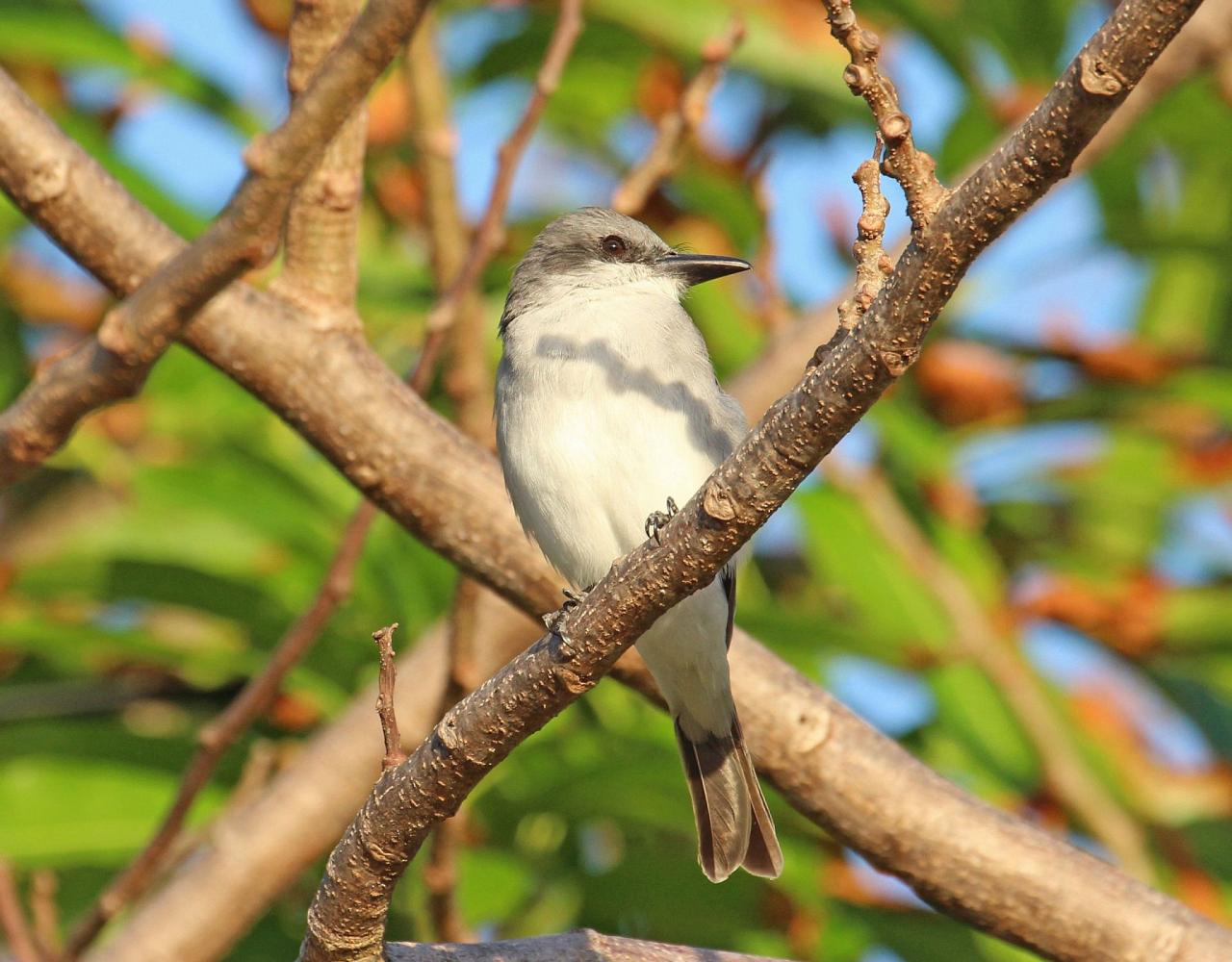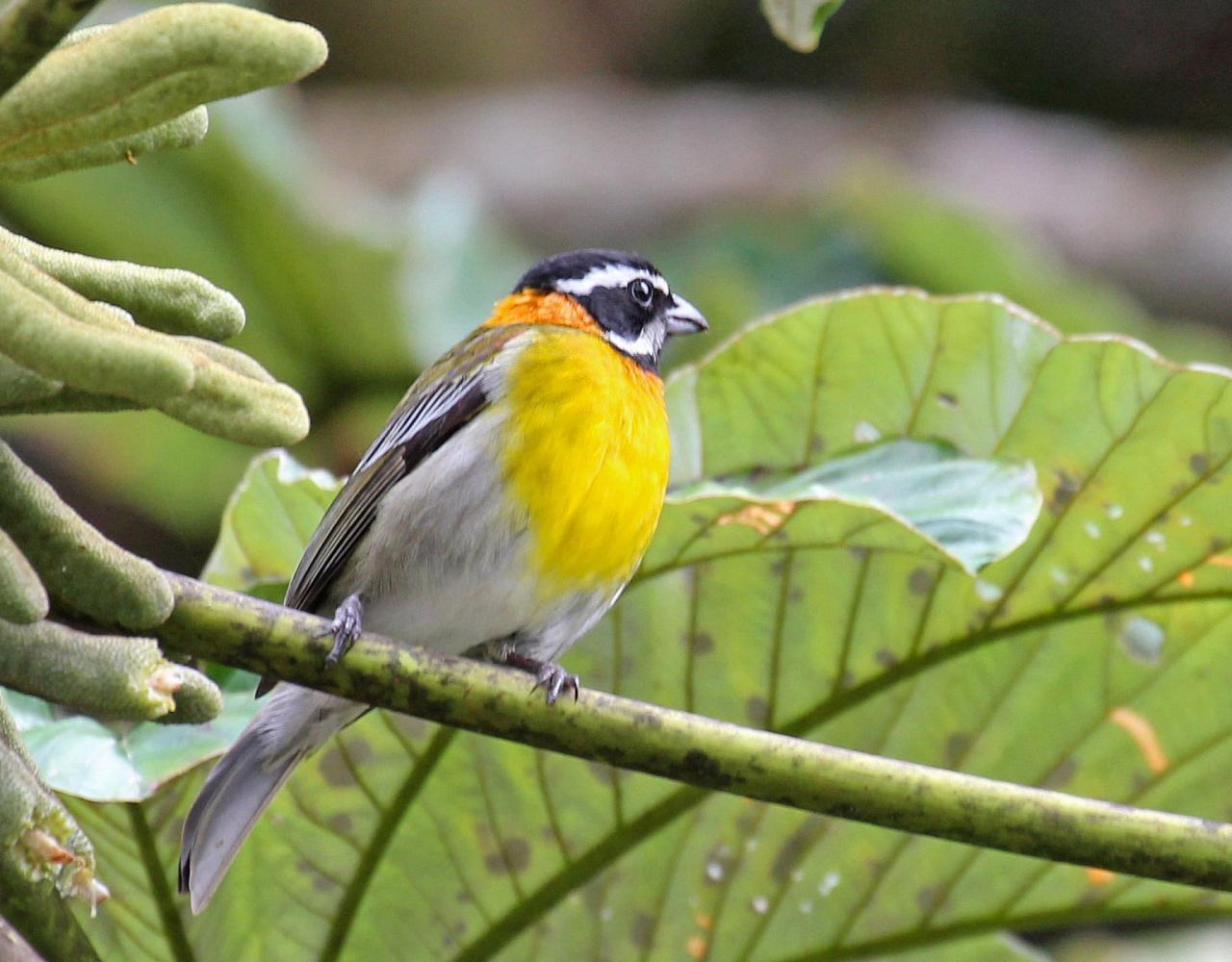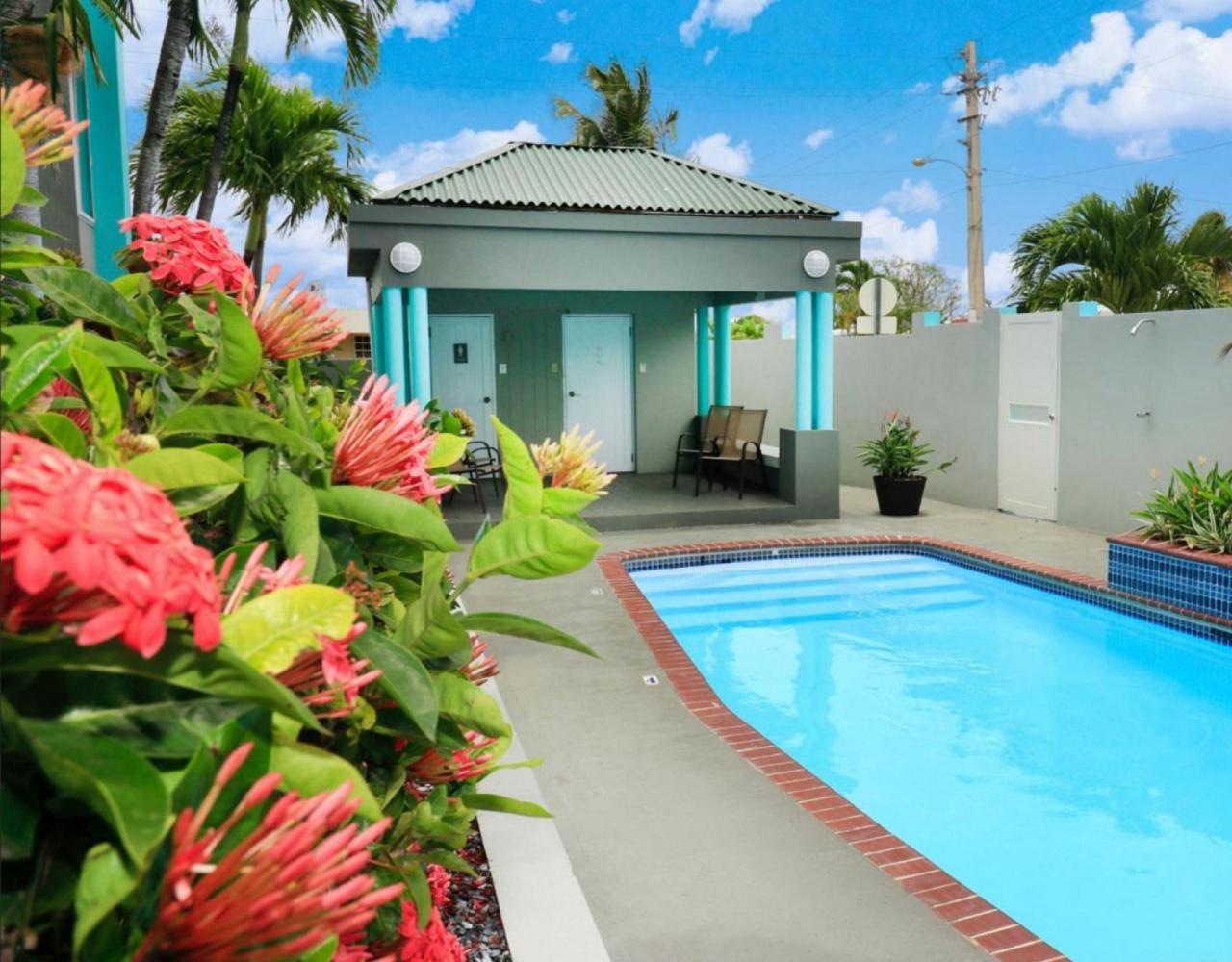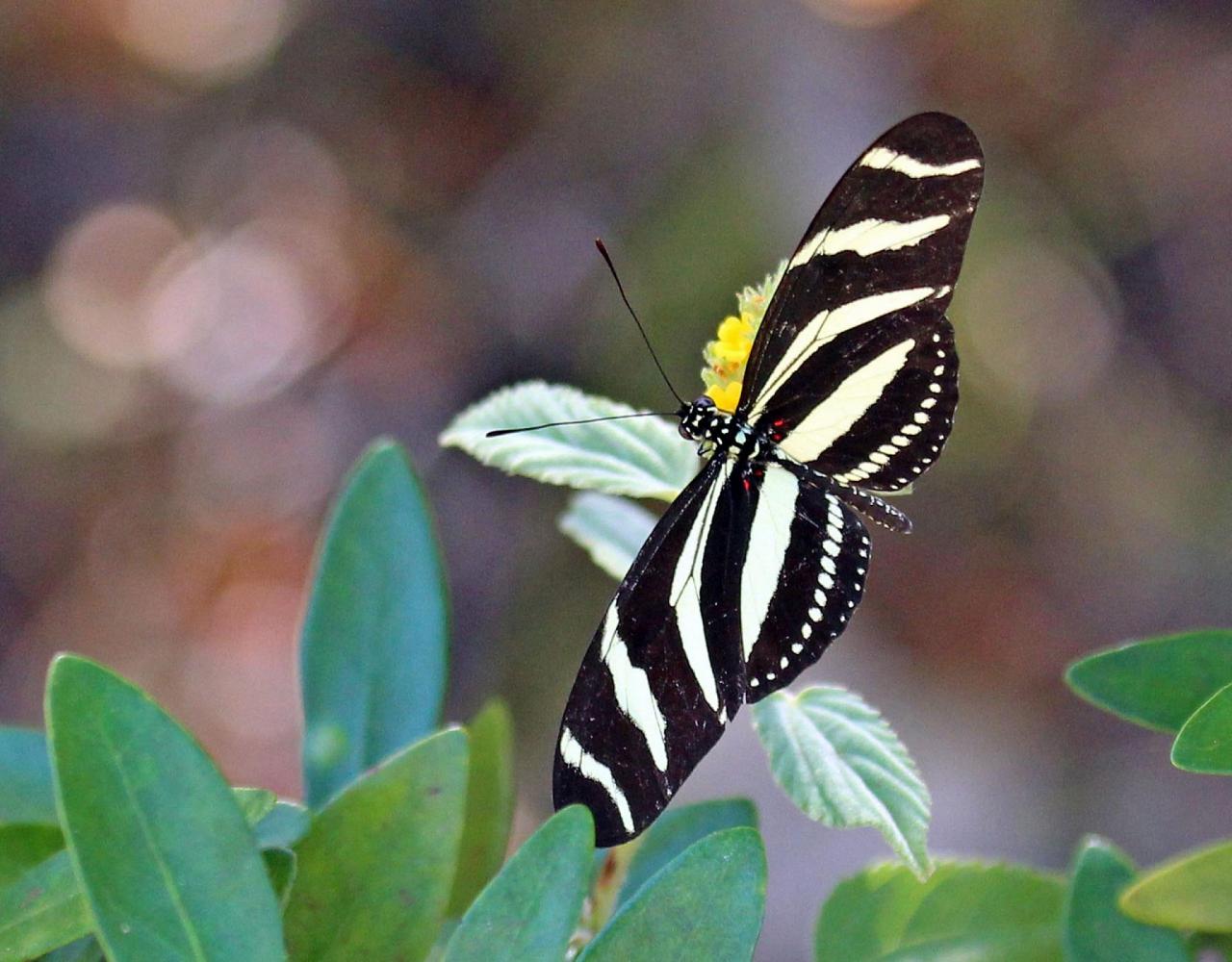- Overview
- Full Itinerary
- Extensions
- Photo Gallery
- Costing
- Travel Details
- Trip Reports
- Guide
- Know Before You Go
*Registration begins Thursday, September 4th. To register, email: travel@tnc.org with full traveler details (# travelers, traveler names & email addresses, # beds, DBL or SGL occupancy). This tour is first come, first served.
Discover the vibrant culture, rich biodiversity, and inspiring conservation work of Puerto Rico on this immersive journey across the island. From the historic streets of Old San Juan to the glowing waters of La Parguera’s bioluminescent bay, we explore coastal habitats, lush forests, and critical restoration sites alongside dedicated local experts. Witness rare endemic birds like the endangered Puerto Rican Amazon, visit coral reef and mangrove conservation projects, and experience the island’s natural wonders while savoring its warm hospitality, flavorful cuisine, and tropical beauty.
Tour Highlights
- Witness the critically endangered Puerto Rican Amazon in its native Rio Abajo Forest habitat.
- Experience the glowing waters of La Parguera’s bioluminescent bay, with the option to swim.
- Visit coral reef restoration projects and meet local conservation leaders.
- Explore the second-largest mangrove forest at Medio Mundo y Daguao.
- Enjoy Puerto Rico’s vibrant culture, cuisine, and historic Old San Juan.
Trip Itinerary
Itineraries are guidelines; variations in itinerary may occur to account for weather, road conditions, closures, etc. and to maximize your experience.
Mon., March 23 Arrivals in San Juan
Welcome to Puerto Rico! Arrive at Luis Muñoz International Airport (SJU) at your leisure. For those arriving by 2:00 PM, enjoy an optional walking tour of Old San Juan. We gather tonight for a welcome dinner at a local restaurant to meet our Nature Conservancy hosts, guides, and fellow travelers and enjoy our first taste of delicious Puerto Rican food.
Accommodations in San Juan (D)
Tues., March 24 La Parguera | Birding | Bioluminescence Experience
Enjoy breakfast at our hotel and then head to La Parguera, located in the southwest part of the island. The drive is about two hours and we have lunch at a local restaurant upon arrival. We check into our lovely, boutique hotel, located on the outskirts of the city. After some time to relax during the hottest part of the day, and perhaps a dip in the refreshing pool, we head to some coastal areas for some light birding amidst beautiful views of the bay. Birds we could spot include Magnificent Frigatebird, the striking endemic Puerto Rican Woodpecker, and even the tiniest Bananaquits.
After dinner, we head out on boats for our bioluminescence experience! La Parguera is one of three bioluminescence bays found along the coastline of Puerto Rico. Micro-organisms called dinoflagellates emit bursts of light when disturbed, creating the glowing effect. Unlike the other two bio bays found in Puerto Rico, swimming is allowed in La Parguera, so if you’re feeling adventurous, remember to bring your bathing suit so you can take a dip!
Accommodations at La Jamaca (B,L,D)
Wed., March 25 ISER Caribe Site Visit | Hatillo
This morning, we head to the ISER Caribe site, about 30 minutes from La Parguera. We take a guided tour of Centro de Investigación y Restauración de Organismos Marinos (CIROM) (Marine Organism Research and Restoration Center) to learn more about their conservation efforts in Puerto Rico, which include extensive coral reef restoration.
After an immersive morning spent learning about local conservation projects, we enjoy lunch and then head to Hatillo. Situated near the Rio Abajo Forest, Hatillo is about an hour and a half drive, on the coast of the northwest quadrant of the island; we spend the night in a quaint hotel to be close to one of the best locations to see the critically endangered and endemic Puerto Rican Amazon, the only native parrot on the island.
Accommodations in Hatillo (B,L,D)
Thurs., March 26 Puerto Rican Parrots | Rio Abajo Forest
We have an early morning to have the best chance to find the Puerto Rican Amazon. Leaving by 6:00 AM with a packed breakfast, we head about 30 minutes to the Rio Abajo Forest. This forest is home to one of only three populations of the parrot and a crucial site for conservation efforts with hopes of increasing the population enough to downlist the species to threatened. The World Parrot Trust (WPT) and the United States Forest Service (USFS) are collaborating to restore and maintain critical habitats, crucial for the recovery of the Puerto Rican Amazon. Efforts include strategic habitat planning, tree planting, erosion control, invasive species management, artificial nest installation, and continuous monitoring of parrot populations. By involving local communities and implementing sustainable practices, the partnership aims to build a strong foundation for the species' recovery and future habitat stability. In addition to seeing this special parrot, we may also see a few other endemic species including the adorable Puerto Rican Tody, the noisy Puerto Rican Tanager, and the Puerto Rican Woodpecker.
After a morning in the forest, we head back to Hatillo for lunch at a local restaurant. We spend the afternoon visiting a few other locations, looking for birds, exploring the local floral, and possibly even seeing Caribbean Hermit Crab, or soldier crab, while we’re out an about. The hermit crabs can grow to the size of softballs, and it’s fascinating to listen to and watch their different defense mechanisms.
Accommodations in Hatillo (B,L,D)
Fri., March 27 San Juan
After breakfast in Hatillo, we depart the northwest part of the island and head back to San Juan. We enjoy lunch at a local restaurant and then spend the afternoon visiting the historic fort, Castillo San Felipe del Morro. One of the most iconic landmarks in Puerto Rico, this fort was built by the Spanish in the 16th Century to defend the island.
Accommodations in San Juan (B,L,D)
Sat., March 28 Medio Mundo y Daguao Natural Protected Area Site Visit
Today we head outside of the city to visit Medio Mundo y Daguao, which contains the second largest mangrove forest in Puerto Rico. We take a tour of the area to learn more about conservation efforts from staff of Para la Naturaleza.
After the site visit and a local lunch, we head back to San Juan for a break to relax before our final dinner together tonight.
Accommodations in San Juan (B,L,D)
Sun., March 29 Departures
Enjoy a sit down breakfast at the hotel this morning, followed by airport taxi transfers and your journey home. You can depart at your leisure today. (B)
Pre-Tour Extension
Itineraries are guidelines; variations in itinerary may occur to account for weather, road conditions, closures, etc. and to maximize your experience.
Day 1: San Juan National Historic Site | Old San Juan Walking Tour | Join the Main Tour
This morning, we gather downstairs for a breakfast in the garden area before heading over to take part in a two-hour walking tour of Old San Juan, where we have the opportunity to soak in the atmosphere and character of this historic and culturally-rich city. We also visit the nearby National Historic Site and bear witness to the imposing and awesome fortress of Castillo San Felipe del Morro, an ancient 16th Century fort perched on a promontory.
We have lunch at a local eatery before returning to the hotel for a break. In the afternoon we venture out for some birding at the University of Puerto Rico Botanical Garden, a 300-acre site that is a great introduction to tropical flora and fauna, with trails and a good number of birds that may include resident Scaly-naped Pigeon, Greater Antillean Grackle, Pearly-eyed Thrasher, and a good mix of overwintering warblers and other species.
This evening we meet up with the main tour, walking to local restaurant for a chance to meet everyone and start our adventure with a memorable Caribbean island evening.
(B,L)
Cost of the Journey
*Registration begins Thursday, September 4th. To register, email: travel@tnc.org with full traveler details (# travelers, traveler names & email addresses, # beds, DBL or SGL occupancy). This tour is first come, first served.
Cost of the journey is $5990 DBL / $6650 SGL per person, from San Juan. This cost includes all accommodations; meals as specified in the itinerary; professional guide services; other park and program entrance fees; and miscellaneous program expenses.
NEW! all tips other than your NJ guide (optional) and local guide are included (this includes tips for your driver, lodge and staff, day activities, meals and other services).
Tour cost does not include round-trip transportation from your home city to San Juan; optional activities; or items of a personal nature, such as laundry, telephone charges, or beverages from the bar.
Travel Details
Please plan to make air travel plans only after the minimum group size has been met. We will send you a confirmation email as soon as the trip has been confirmed.
*Registration begins Thursday, September 4th. To register, email: travel@tnc.org with full traveler details (# travelers, traveler names & email addresses, # beds, DBL or SGL occupancy). This tour is first come, first served.
Arrival and Departure Airport: Luis Muñoz Marín International (SJU) in San Juan
Arrival Details: Plan to arrive March 23, 2026, by 2:00 PM to join the group for an optional walking tour of Old San Juan or by 5:00 PM in order to join the group for dinner
Departure Details: Plan flights to depart March 29, 2026, at your leisure
Travel Tips: If you arrive early, we can book you an early night at the Decanter Hotel, our first night hotel. It's a lovely boutique hotel within walking distance to many restaurants.
Entry Requirements: See "Essential Information" section under the "Know Before You Go” tab.
Browse below for trip reports and species lists from past versions of this and other tours from this destination.
Puerto Rico
-
Chris Harbard
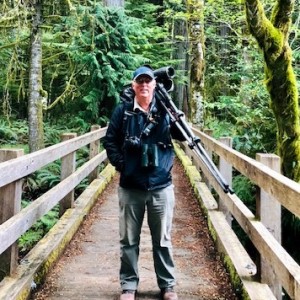
Chris Harbard is a well-known British ornithologist and conservationist who now lives in SE Arizona. After 24 years working with the world’s largest bird conservation organisation, the Royal Society for the Protection of Birds, he moved to the Austrian optics company Swarovski and managed their birdwatching website for several years. He is now a freelance author, editor, broadcaster and lecturer, as well as an occasional bird guide in SE Arizona where he and his wife help to run the Southwest Wings Birding and Nature Festival. He is on the board of the Arizona Field Ornithologists.
Chris writes for Birdwatch magazine and was editor of the Birdwatchers' Guides series of books. His own books include Birdwatch, Songbirds, A Birdwatcher's Quizbook, A First Guide to Birdwatching.
Working as a naturalist lecturer on board expedition cruise ships for the last eighteen years has taken him to remote areas of the Arctic, Antarctic, Atlantic and Pacific. Although his main area of interest is birds, especially seabirds, he also enjoys a range of other wildlife such as cetaceans, butterflies, dragonflies and plants.Other trips with Chris Harbard
-
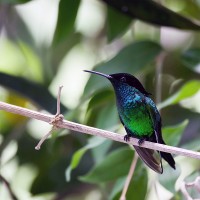 Caribbean Endemics of JamaicaJanuary 13 - 20, 2026
Caribbean Endemics of JamaicaJanuary 13 - 20, 2026 -
 Panama: Birding & Nature CLOSED - See Panama: Intro to Tropical Biodiversity!April 4 - 11, 2026
Panama: Birding & Nature CLOSED - See Panama: Intro to Tropical Biodiversity!April 4 - 11, 2026 -
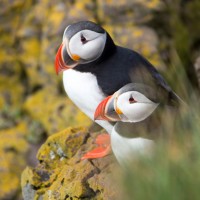 Scotland, Faroe Islands & Iceland Historic Trails & Wilderness CruiseMay 17 - 29, 2026
Scotland, Faroe Islands & Iceland Historic Trails & Wilderness CruiseMay 17 - 29, 2026 -
 Yellowstone: Birds, Bears & WildlifeJune 11 - 17, 2026
Yellowstone: Birds, Bears & WildlifeJune 11 - 17, 2026 -
 Birding Canyon CountrySeptember 15 - 23, 2026
Birding Canyon CountrySeptember 15 - 23, 2026 -
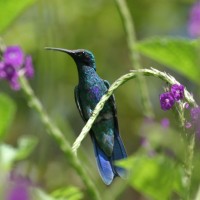 Ecuador: Biodiversity Across the Andes!November 3 - 16, 2026
Ecuador: Biodiversity Across the Andes!November 3 - 16, 2026 -
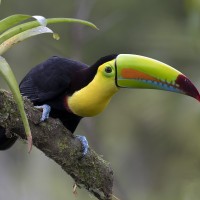 Christmas in Costa Rica December 22 - 29, 2026
Christmas in Costa Rica December 22 - 29, 2026
-
Essential Information +
Pace & Protocols +
Packing List +
Suggested Reading List +
Useful Links +
Photo credits: Banners: Puerto Rican Tody, White-tailed Tropicbird, Puerto Rico Scenic, Group Birding Thumbnails: Puerto Rican Tody, Brown Booby, Antillean Crested Hummingbird, Puerto Rican Lizard-Cuckoo, Puerto Rican Woodpecker, Humpback Whale, Yellow-shouldered Blackbird, White-tailed Tropicbird



